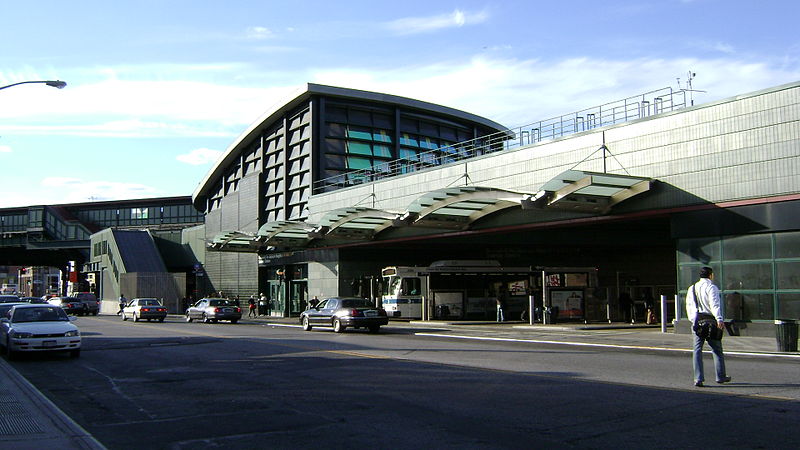As the MTA has ramped up its push for capital funding, the state of its stations has come under the microscope. The Straphangers Campaign is hosting a photo contest featuring pictures that show decay (and beauty) while stations themselves are infested with mold. Now, says MTA head Jay Walder, the authority will aggressively try to address these problems.
As part of the much-heralded component-based repair system, the MTA is currently attempting to fix up parts of 53 stations throughout the city, and as The Daily News reported yesterday, the authority hopes to add 173 more stations to that list before the next 12 months are up. “There are structural conditions in many of our stations that we shouldn’t be satisfied with,” Walder said to Pete Donohue. “I think we’re addressing them. The level of station activity that is taking place and will be taking place in the coming months, frankly, is unprecedented in our system.”
Per The News, most of these fixes will focus around cosmetic upgrades and physical improvements such as “replacing canopies, stairwells and platform edges.” The repairs won’t include full station overhauls, and many of the system’s dingiest stations won’t see the rehabs they desperately need any time soon. Putting lipstick on a pig is a good first step, but it shouldn’t be the last in an effort to improve the appearance of our rapidly aging subway infrastructure.





